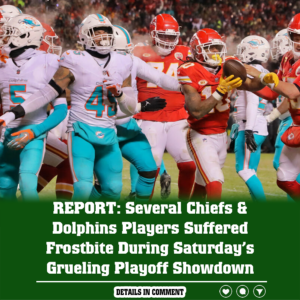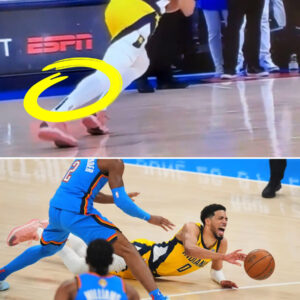It was Elon Musk who started a war where Tesla is very difficult to win.
Tesla’s A-sine heel
As competition intensifies, Tesla has reduced the price of its models by about 25%. The Model 3 dropped from $48,000 to $44,380. The luxury Model S also dropped from a high of $130,000 to $96,380.
To put it mildly, this is an unusual trading strategy. Mark Schirmer, director of communications at research firm Cox Automotive, said: “I’ve never seen a car company that’s business as usual have seen a 20 per cent annual price cut.” Tesla is hoping the lower price will boost sales and hinder the growth of some rivals, even driving them out of the market altogether.
But that’s not what’s happening. The number of Tesla vehicles delivered to customers in Q3 actually decreased. Revenue fell, and Tesla’s once-lucrative profit margins also went backwards — to 17.9% in Q3, compared with 25.1% a year earlier. Competitors aren’t eliminated either. According to Business Insider (BI), once completely dominant in the electric vehicle sector, Tesla’s market share in the US has fallen from 62% at the beginning of the year to just 50% today.
Even so, public demand for electric vehicles is not growing as fast as automakers expect. John Zhang, professor of marketing at the Wharton School, said: “If you’re going to do a price war, you have to make sure there’s enough sales to increase and maintain profitability. It has to be a constant battle. This war you have to wage by all means and need to plan ahead. That’s how you win.”
Some experts, on the other hand, say price wars can’t be won — they’re a race to the bottom and could wipe out the profits of the entire industry. According to BI, whether he won or not, Musk chose an inopportune time to “join the war”.
In fact, as traditional automakers venture into the electric vehicle path, they can still rely on gasoline car sales to shoulder revenue and ensure business safety. But Tesla doesn’t have this. Billionaire Elon Musk’s company has only 2 paths, one is success and the other is bankruptcy.
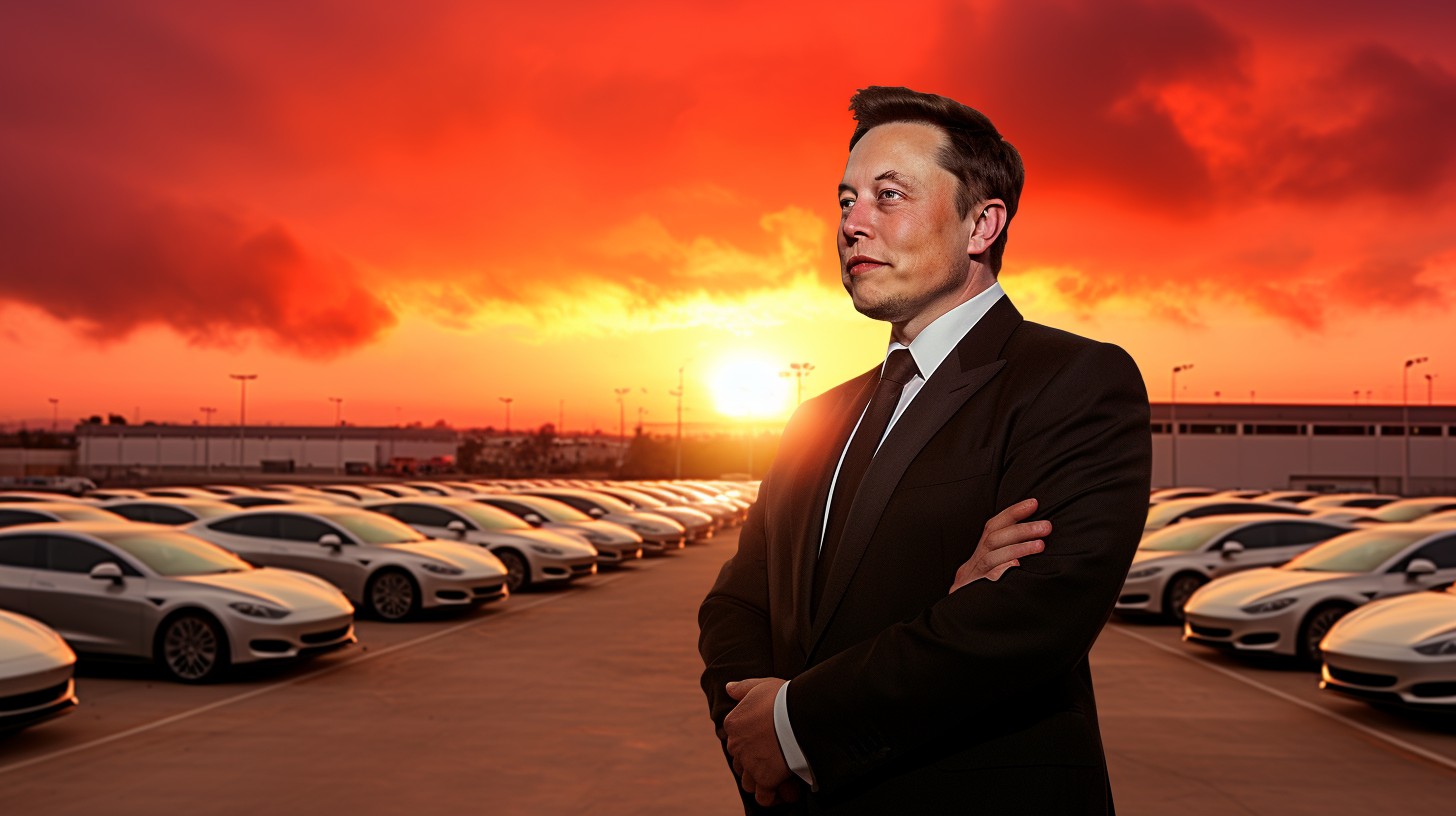
Elon Musk’s mantra and the “desperation” of the market
Elon Musk’s deep price cuts are not a wise decision. This became apparent when Tesla reported its Q3 figures. The results were surprising: The automaker fell short of Wall Street’s expectations for sales, car sales and free cash flow. Most importantly, the company reports that gross margin has continued to decline. This makes many investors feel incredible.
Over the past two years, even though Tesla has added more moderately priced vehicles like the Model 3 and Model Y, its profit margins have risen to the highest level in the auto business. That strengthens the argument that Tesla isn’t a traditional car company like Ford or GM and deserves a much higher share price. Naturally, this is a position Musk wants Tesla to hold, so he promises to do everything he can to cut costs. Unfortunately, cutting costs cannot be done despite Elon Musk’s determination.
In Q3, Tesla’s cost of capital actually soared to a one-year high — rising from $1.8 billion a year ago to $2.4 billion.
Elon Musk has given no indication of when this “cash drought” will end or how profit margins will improve.
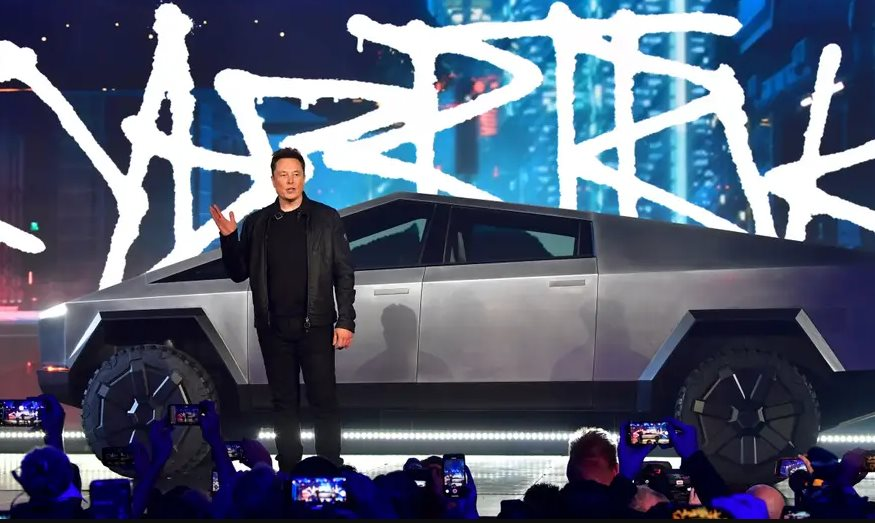
He also couldn’t give a timeline for when the company’s Cybertruck might make its public debut, even admitting that Tesla had “gone wrong” in trying to build new vehicles. But there’s also one thing the billionaire has made clear: Car prices still need to keep falling. Wall Street analysts consider this to be the worst thing about Tesla in recent times. Depreciation is like a mantra that Elon Musk repeats based on belief rather than truth. “It’s essential. We have to make our cars more affordable so people can buy them,” he said.
The only hope Tesla offers investors is driverless technology. Someday when it is launched – it is expected to make up for Tesla’s decline.
Industry barriers
Tesla’s results show a fact: Although demand has increased and the government has facilitated it, the transition from gasoline-powered cars to electric cars has not been as smooth as automakers had hoped.
Experts say electric cars will be the future of the world and gasoline cars will disappear. But this route does not follow a straight path. According to BI, there are 2 main reasons why consumer demand is not so strong. The first is the uneven adoption of new technology. The second is that the global economy is slowing. Global customers are becoming more price sensitive. This is not “good news” for electric vehicles. While the average selling price of an electric vehicle has fallen from $65,000 last year to $53,633 in July 2023, it’s still above the average selling price of a new gasoline car — about $48,451.
In response to these challenges, traditional automakers from Ford and GM to BMW and Mercedes have focused on what they do best: Produce the gasoline cars that customers still need. Ford Chief Financial Officer John Lawler said the company could strike a balance between producing gasoline, electric and hybrid vehicles. “It’s both good for the customer — getting the product they want and it’s also good for the company — because spreading costs evenly, not chasing scale at all costs optimizes profitability and cash flow,” he said.
And while traditional automakers can rely on their older models, Tesla doesn’t have that option.
Does Hyundai have a better solution than Tesla?
Cox Automotive’s Schirmer said: “Musk is starting a price war. I really think there’s nothing he can do about it, when there’s nothing really new to compete with rival companies.”
Many auto executives are refusing to get involved in Musk’s fight because they know the best way to win this fight is not to get involved in the first place. BMW chief executive Oliver Zipse said: “We are not interested in lowering prices to gain market share. That’s not our strategy.”
Many experts say that there are different ways to entice customers instead of Elon Musk’s “end line” strategy. During the 2008 recession, instead of lowering prices, Hyundai tried to figure out what was holding customers back from buying a new car. It turned out to be anxiety about getting fired. So Hyundai offers a guarantee to customers: Anyone who buys a Hyundai car but then loses their job can sell it back to the company. It’s an innovative solution that helps an automotive company get through tough times without being affected too much.
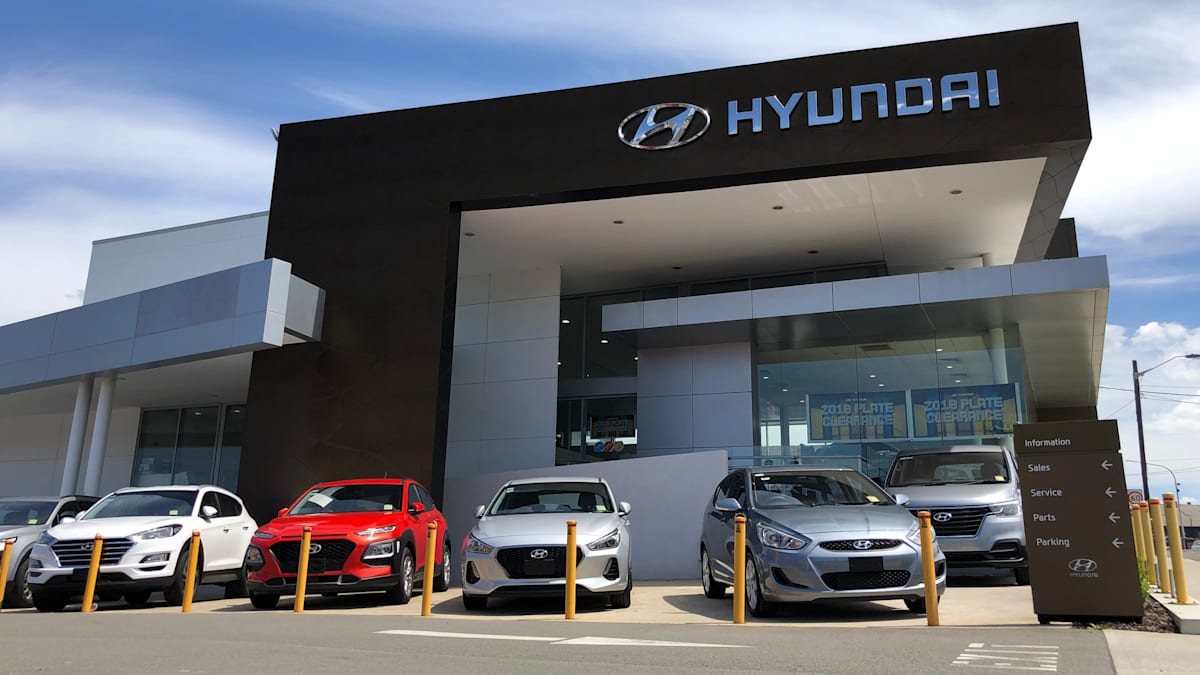
What future for Tesla?
If the short-term purpose of Tesla’s price reduction is to maintain market share and sell more cars, it doesn’t work. At the same time, the move could damage the automaker in the long run.
Once customers get used to paying $40,000 for a standard electric car, they won’t go back to $60,000. In the price war, you may convince a few more people to buy cars today, but they will have to sacrifice millions of dollars in revenue in the future.
But it can be seen that the billionaire did not think about the future. He needs cash now and hopes to be able to earn from car discounts. Making cars is a costly business, and if the price cuts don’t create more demand, Tesla’s fortunes could change pretty quickly.
In the end, the price reduction will not be enough to boost sales. If Tesla wants to keep its business afloat, it needs to attract new customers beyond Elon Musk fans and early consumers. Tesla needs to conduct research and launch ads that “target” customer needs. In fact, Musk himself has admitted that Tesla nearly went bankrupt because of “burning money” in 2008 and 2018.
Engaging in price wars during a recession is an unprecedented challenge facing Tesla. The company has existed for many years on the advantage of its pioneer, but now Tesla is increasingly becoming a normal car company, with the same normal problems as others.
The company has increasingly large competitors, an expensive production process, and shareholders are accustomed to lucrative profits. If price cuts are all the electric car maker can do to survive in the current climate, the company will continue to bleed cash flow for every vehicle sold.
News
Dave Crosby, the individual who captured the attention of all three Voice Judges in record time. Watch his incredible performance – it’s truly astonishing!
From the moment he graced the stage, it was evident that a remarkable performance was about to unfold. As Dave serenaded the room, a captivating melody filled…
Tom Brady Sparks New Dating Rumors After Being Spotted Out At Dinner With Popular Sideline Reporter
Tom Brady has set off another wave of dating speculation following his brief romance with Irina Shayk. According to TMZ, the former NFL star was spotted out in Beverly…
REPORT: Several Chiefs & Dolphins Players Suffered Frostbite During Saturday’s Grueling Playoff Showdown
Multiple players are said to have suffered frostbite during Saturday night’s playoff showdown between the Kansas City Chiefs and Miami Dolphins at Arrowhead Stadium. The game was the fourth-coldest in NFL…
Female Eagles Fan Unleashed All Sorts Of Cruel, NSFW Insults Towards Bucs Fans After Her Team’s Ugly Wild Card Loss In Tampa (VIDEO)
A female Eagles fan went off on Buccaneers supporters after having to sit through a frustrating Wild Card fixture in which her team put just nine points…
Female Eagles Fan Unleashed All Sorts Of Cruel, NSFW Insults Towards Bucs Fans After Her Team’s Ugly Wild Card Loss In Tampa (VIDEO)
A female Eagles fan went off on Buccaneers supporters after having to sit through a frustrating Wild Card fixture in which her team put just nine points…
Jalen Hurts Had An Interesting 7-Word Response After Being Asked If He Wants Nick Sirianni To Remain The Eagles’ Head Coach (VIDEO)
Jalen Hurts has taken an exit at the first opportunity as his Eagles are out of the playoffs following a season in which they raced to 10-1 before…
End of content
No more pages to load


